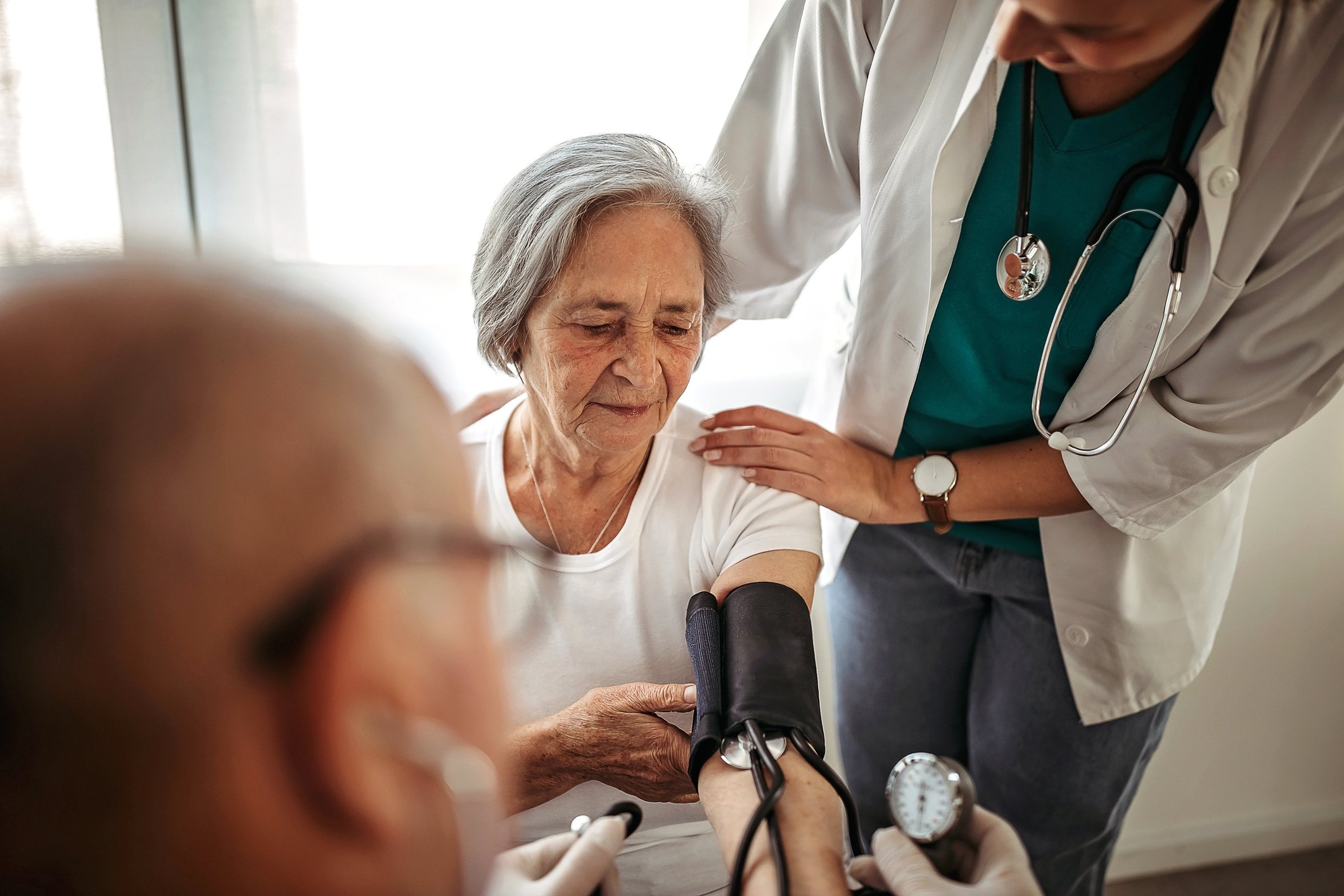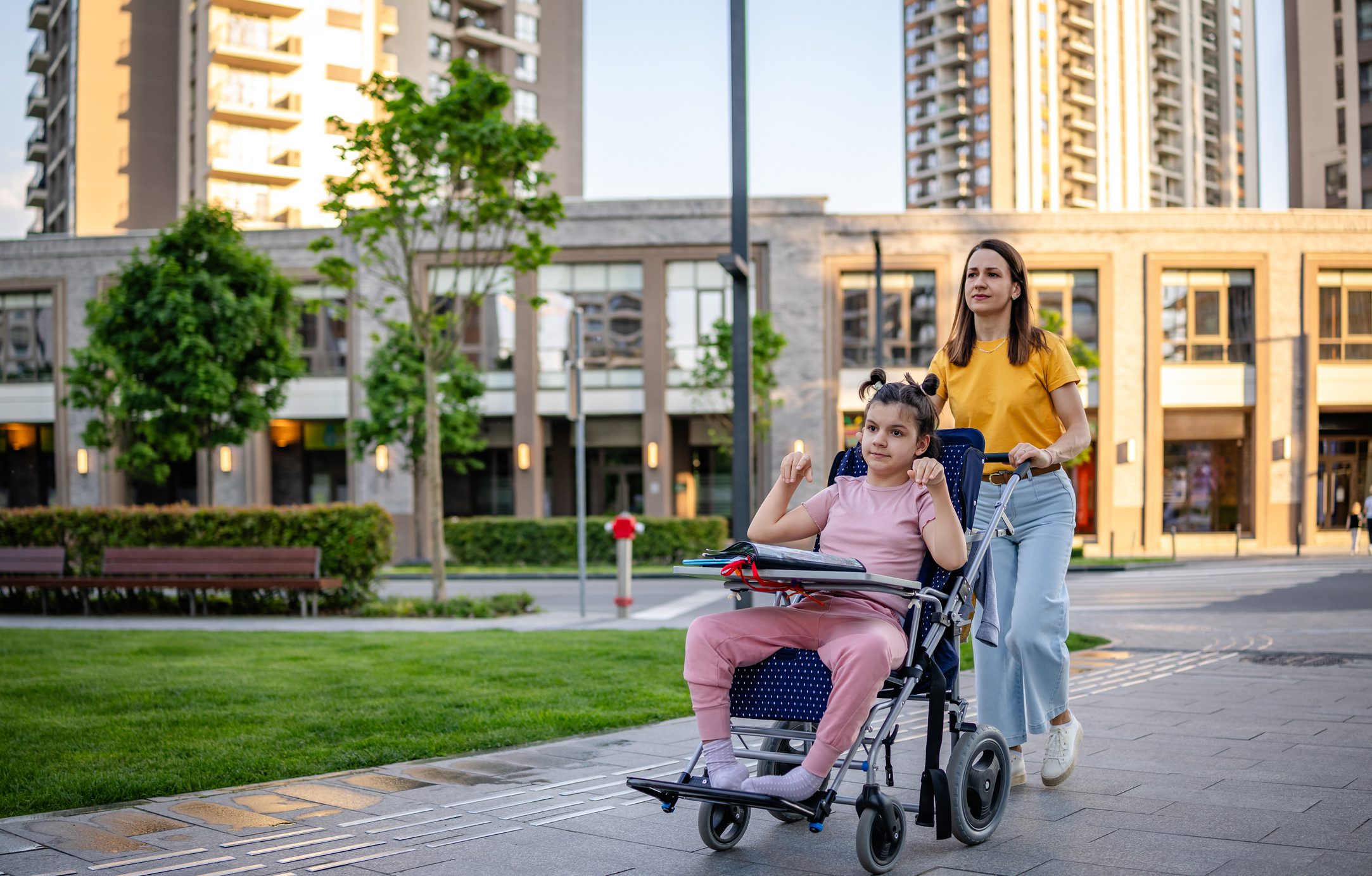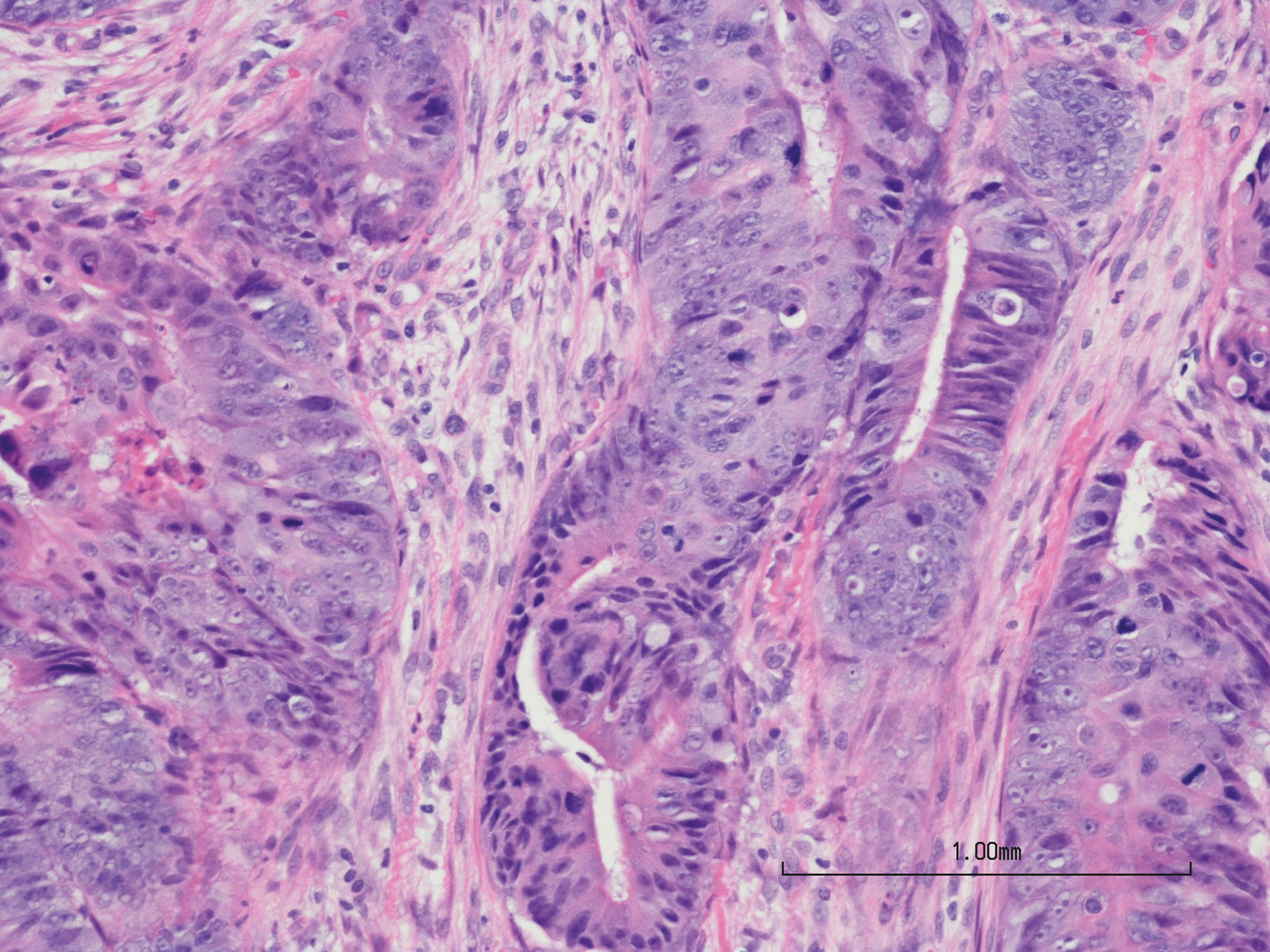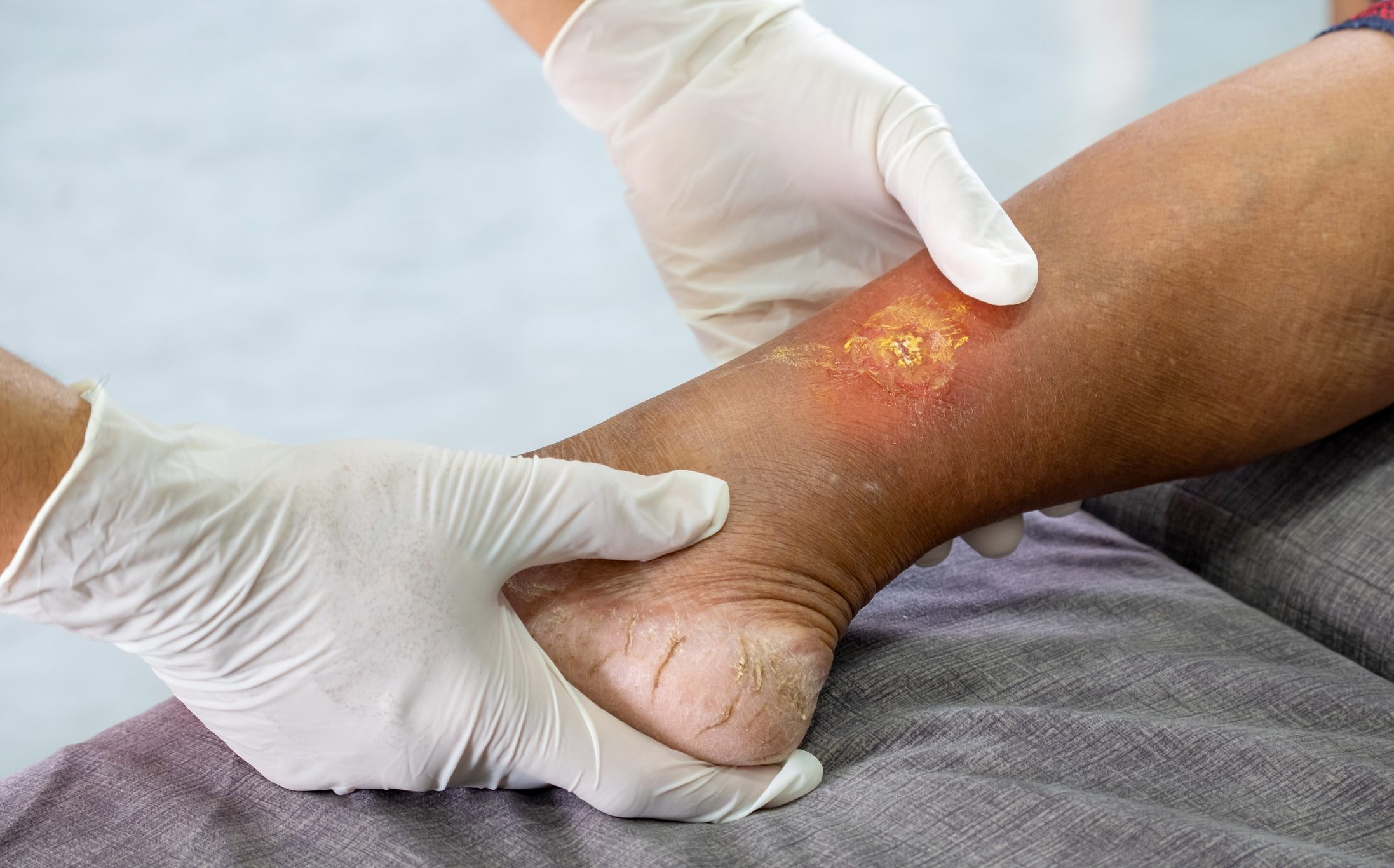Women with gestational diabetes have an increased risk of developing type 2 diabetes after giving birth. In a study of data from more than 12,000 women with a gestational diabetes diagnosis during pregnancy, it was found that postpartum diabetes screenings were only performed in just under 40 percent of cases
were utilized.
“We collected the proportion of so-called postpartum diabetes screening in 12 991 women with a gestational diabetes diagnosis during pregnancy during the study period in the nationwide GestDiab registry between 2015 and 2017,” explained Univ. Prof. Dr.med. Dr.PH. Andrea Icks, MBA, Director of the Institute for Health Services Research and Health Economics at the Medical Faculty of Heinrich Heine University Düsseldorf and at the German Diabetes Center (DDZ). [1,2].
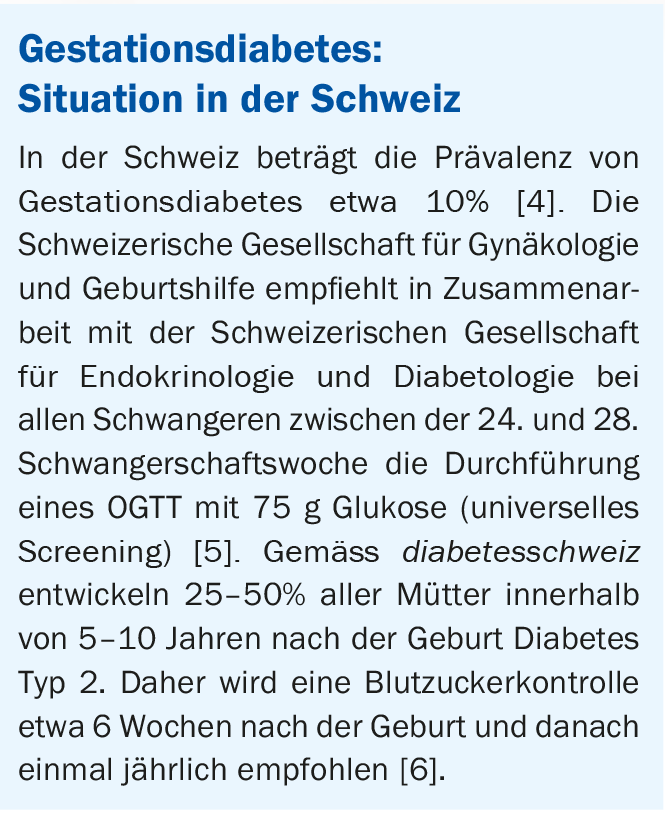
Reasons for low uptake of postpartum screening?
“More than 60 percent of women with gestational diabetes did not seek postpartum screening. And among non-participants, women with less favorable lifestyles were more prevalent. Here we wonder whether these women make a well-informed decision for or against follow-up care and see a need for health services research,” explains Prof. Icks [1]. Postpartum diabetes screening was attended by 38.2% of women. It was found that those with older age and those with insulin treatment during pregnancy were more likely to participate, whereas women with an immigrant background, a higher body mass index (BMI), smokers, and women with poorer fasting glucose and HbA1c values were more likely not to participate.

Possible reasons for low utilization can be many and varied, not only among patients but also among providers or in the delivery system. “In any case, further investigations are needed here,” concludes the expert. National and international studies suggest that the socioeconomic situation, for example the level of education, has a decisive influence on general health behavior. Similar findings have been seen by the Robert Koch Institute in a study of the association between social inequality and diabetes [3]. However, a lack of coordination between primary care physicians, diabetologists, and gynecologists may also play a role. A focus on the newborn, new life circumstances, and lack of time could also contribute to a lack of awareness of one’s own follow-up care.
Literature:
- “Gestational diabetes: DDZ study reveals low follow-up rates of high-risk patients,” German Diabetes Center, Nov. 14, 2022.
- Postpartum screening of women with GDM in specialized practices: Data from 12,991 women in the GestDiab register, Diabetic Medicine. 2022;39:e14861.; https://doi.org/10.1111/dme.14861
- Social inequality and diabetes mellitus – trends over time among adults in Germany, Journal of Health Monitoring 2019 4(2); DOI 10.25646/5980.
- Ryser Rüetschi J, et al: Fasting glycaemia to simplify screening for gestational diabetes. BJOG. 2016; 123(13): 2219-2222.
- Gross J, et al: Gestational diabetes. Switzerland Med Forum 2017; 17(46): 1009-1014.
- diabetesschweiz, www.diabetesschweiz.ch/ueber-diabetes/diabetesformen/schwangerschaftsdiabetes.html?limit=all&cHash=361844b61332027ca7583a44f32cff86,(last accessed, Jan. 17, 2023).
- Kollmann, M. Gestational diabetes and polycystic ovary syndrome. J Clin Endocrinol Stoffw 2021; 14, 116-120.
HAUSARZT PRAXIS 2023; 18(1): 34






